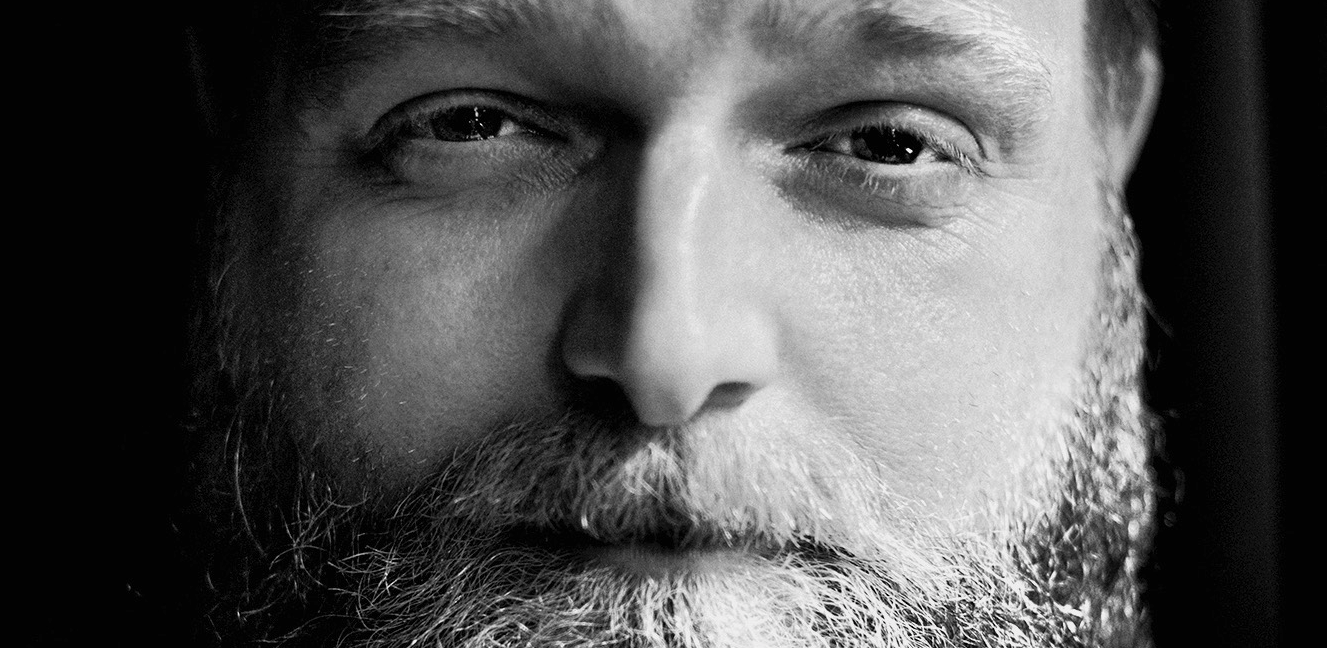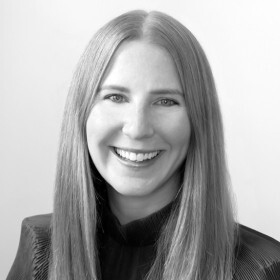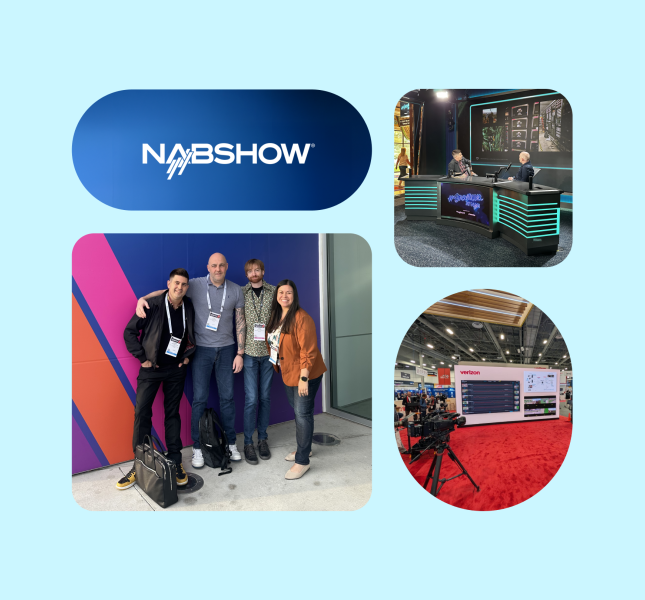Innovation Labs, the Future of Reality & Global Expansion | In Conversation with SoDA

Here, our friends at SoDA (or The Digital Society) sit down with MediaMonks Founder and COO Wesley ter Haar, who is also on the SoDA Board of Directors.
In this year’s Global Digital Outlook Study with Forrester, SoDA expanded their inquiry in the area of innovation labs to uncover some interesting findings.
SoDA: Not only are agencies continuing to launch internal labs and incubators but, more importantly, they are making direct investments into these initiatives. Do you think agencies are finally getting serious about innovation and realizing they need to invest in R&D rather than just hope to do cool work as part of regular client initiatives? How does MediaMonks approach innovation and do you invest in it outside of directly funded client projects?
Wesley ter Haar: I’ve never been a great fan of the Lab moniker. It’s a weird way to silo innovation as a play-thing instead of making it a core part of the day-to-digital-day we all live in.
Choosing between markets is like anointing a favorite child...

…The US is our largest market and the most ambitious, APAC leads the way in user behavior, LATAM has some of the most creative visual talent I’ve seen and I’m always amazed by the creative ideas that bubble up from smaller European markets. It goes to show that constraints are never a reason to deliver mediocre work.
The key question anyone should ask themselves in our business is the existential one, 'Am I still relevant X months from now?'

Wesley ter Haar: That X used to be 24 to 36 months, and has probably been whittled down to 9 months with the constant change that besets consumer behavior and client adoption. At MediaMonks we hire or acquire against an internal innovation roadmap based on where we see the confluence of people, products and platforms are headed. For us, that has meant the acquisitions of a VR-first production company and a connected commerce company, the launch of a digital first content company and a hiring spree to bolster our AR capabilities. So, yes, innovation is critical to the health of our business, but I don’t believe a ‘Lab’ is the way to make it central to who we are and what we do.
SoDA: MediaMonks is hired by client-side marketers (and agencies) to deliver cutting edge work. This year we found that Chatbots/Conversational Interfaces, AI/Machine Learning and Programmatic Advertising topped the rankings for anticipated impact and planned investment in emerging technology. Agency leaders and marketers were generally aligned on this front with one major exception… Virtual and Augmented Reality. Marketers are planning to make significant investments in VR/AR while agency leaders are lukewarm on the short-term marketing impact. Why do you think there’s such a big gap between marketers and agencies on this front?
Wesley ter Haar: I think this gap mostly represents the excitement for the future state of “The R’s” (augmented reality, virtual reality and mixed reality) relative to the technical maturity of current platforms and production processes.
In fact, VR/AR currently have an 'r-problem' of their own and Reach, Results and ROI will be narrow until there is full native OS support on mobile devices, some level of convergence on distribution platforms, standard industry specifications and clear metrics.

From the SoDA perspective, this shows a mature agency landscape with many agency leaders trying to think from a client perspective, focus on value/budgets and look at reasonable metrics. As agency leaders, we have to make sure we educate clients on the now while planning for the future so we don’t miss the boat when the scale and spread of these technologies starts impacting brands, business and bottom lines.
SoDA: For many years, SoDA has tracked what marketers value most in their agency relationships and, on the flip side, what agencies think their clients value most in their partnership with them. “Expertise in Emerging Tech/Trends” and “Process/Project Management” are consistently rated in the Top 5 by both agency leaders and client-side marketers. How does MediaMonks balance the importance of project management rigor with the desire for clients to explore (and quickly deliver on) the latest technologies? Is there a healthy tension between these two factors?
Wesley ter Haar: There will always be tension between doing difficult things for the first time and delivering difficult things for the first time, on time. Our role is to explain risk, mitigate against it as best we can, and make the “fall down and get back up” process of research, innovation and iteration one that is transparent to clients.
A company like ours is built on saying 'YES' because we believe we can solve the ample caveats that emerging tech trends bring to the table...

…But, the level of comfort on the client side is going to rely on the quality of the process and the project management rigor around it. In the same way that ad agencies are not artists, digital agencies shouldn’t hide behind labs and a “Crazy Scientist” vibe when it comes to new technology and trends. It’s all about the practical application for clients and their (potential) customers.
SoDA: This year we asked agency leaders to identify strategic factors they saw as most critical to their ongoing growth and evolution. Not surprisingly, “Attracting and retaining top talent” and “Developing new services / capabilities” topped the list. Interestingly, very few looked at “Expanding to new markets/geographies” as an important part of their strategic plans. MediaMonks appears to be quite the opposite with offices now in Amsterdam, London, Stockholm, New York, LA, Dubai, Sao Paulo, Buenos Aires and Singapore. How do you approach geographic expansion and why has it been so central to your growth strategy? What challenges have you wrestled with in managing the business across such a broad geographic footprint? What do you see as the most exciting new markets?
Wesley ter Haar: To start with the reasons, it gives us the opportunity to recruit and retain talent at a much larger scale, and in turn helps us cater to the ambition many of our Monks harbor when it comes to working in other countries and cultures.
For clients, it means we can offer global scale and local relevance. So much of the work we do needs to be created and trans-created across regions and there is a clear efficiency in cost, quality and project control when we run that via our footprint.

We run all offices as a single P&L which sounds like an admin choice, but is a critical cultural component. We are one company operating across 9 countries and 10 offices, with teams and talent working across time zones. Budgeting, resourcing and planning needs to be seamless to make that work, and that’s been the operational focus from Day 1.
Related
Thinking
Sharpen your edge in a world that won't wait
Sign up to get email updates with actionable insights, cutting-edge research and proven strategies.
Monks needs the contact information you provide to us to contact you about our products and services. You may unsubscribe from these communications at any time. For information on how to unsubscribe, as well as our privacy practices and commitment to protecting your privacy, please review our Privacy Policy.



